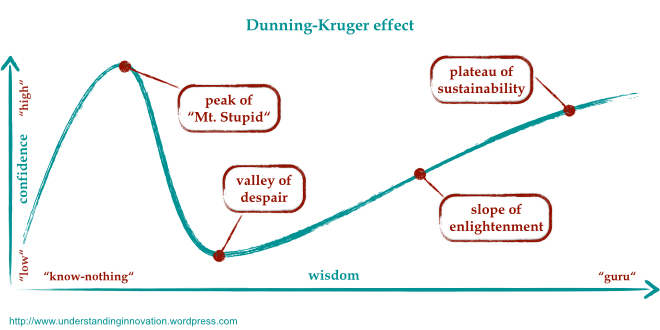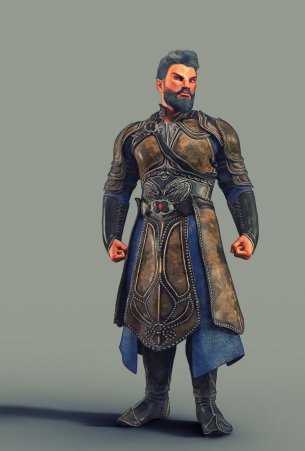
Sig: City of Blades, released earlier this year by Genesis of Legend Publishing, is a Forged in the Dark game of cosmopolitan planar fantasy. The overlap of these two genres (that is, ‘Forged in the Dark’ and ‘cosmopolitan planar fantasy’) is Sig‘s main selling point, and it’s a good one. Each of the genres is fun and interesting in its own right, yet they feel like they fit together so perfectly that they were almost designed for each other. And yet Sig: City of Blades is the first game that combines them.
For the past few weeks, I’ve been digesting the Sig: City of Blades rulebook with the intention of running a campaign for my friends. I’ve also been re-reading its direct antecedents in its genres, Blades in the Dark and Sig: Manual of the Primes, for background, context and inspiration. The tone of Sig: City of Blades suits my personal style (less grim than other Forged in the Dark games I’ve played) and the art and production design is gorgeous, so I started the process with very high hopes.
However, I’ve come to the conclusion that this is a game I will probably never run. There are too many little things that bug me, that are inconsistent or confusing. None of them make the game unplayable, but there are so many that my mantra while playing would be “Just don’t think about it too much”, and that’s not a very satisfying mindset to have as a GM (especially when many previous games in its genres have rewarded deeper understanding).
What I’m going to do in this blog is share some of my little concerns, as well as any ideas I’ve had on changes that could address them. There will be some overlap with things that Paul Beakley brought up in his excellent deep dive into Sig, which I recommend reading, but I feel I have a sufficiently different perspective even when we raise the same points. (I come from a background of planar fantasy while Paul doesn’t, but Paul also ran the game whereas my impressions are from reading the book only.)
There’s a lot of promise in Sig: City of Blades, and a lot of excellent pieces that I feel ultimately don’t all fit together. I still hope that one day we’ll get a game that perfectly blends Forged in the Dark design with cosmopolitan planar fantasy, but whether that game will be Sig: City of Blades or something else I’m not sure.
Continue reading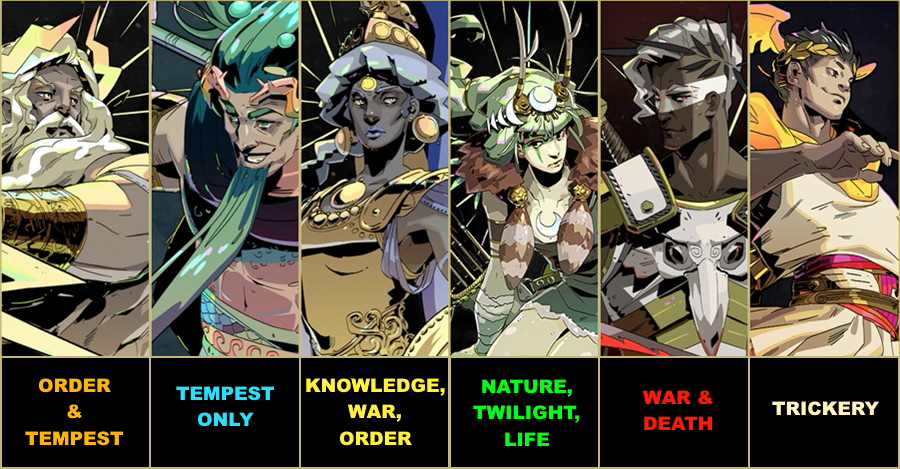
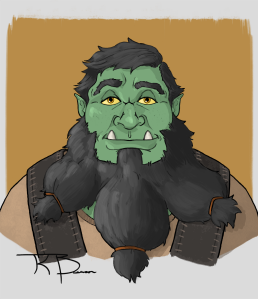
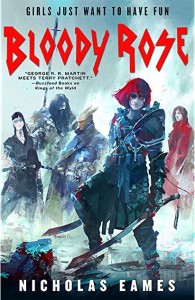 I recently read
I recently read 